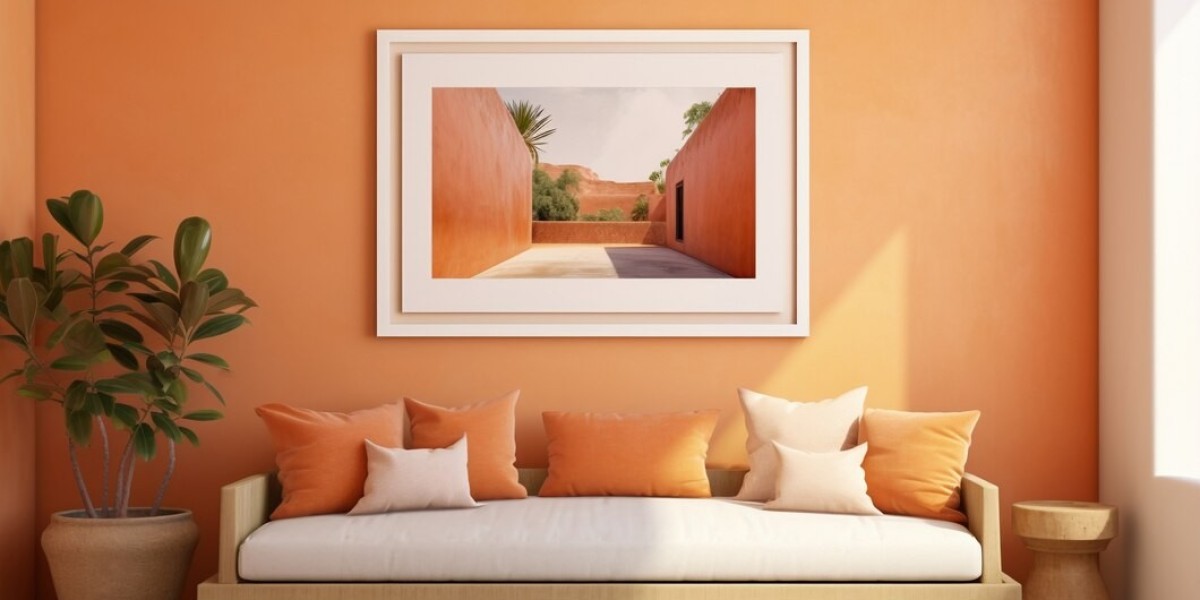In today’s fast-paced world, modern interior design has become a leading trend in home and office decor. It focuses on simplicity, elegance, and functionality, creating aesthetically pleasing spaces that promote comfort and efficiency. Whether you are renovating your home or designing a new workspace, understanding the core principles of modern interior design can help you achieve a sleek and stylish environment that enhances everyday living.
Key Elements of Modern Interior Design
1. Minimalist Approach
A defining characteristic of modern interior design is its minimalist philosophy. This approach eliminates clutter, emphasizing clean lines, neutral colors, and carefully selected furniture. The goal is to create a sense of openness and tranquility, making the space more inviting and visually appealing.
2. Open and Functional Spaces
Unlike traditional designs that divide rooms into smaller sections, modern interior design embraces open layouts. Removing unnecessary walls enhances natural light, improves ventilation, and creates a seamless flow between different areas. This approach is particularly beneficial for small apartments, making them feel more spacious and connected.
3. Neutral Color Palettes
Color plays a crucial role in modern interior design. Neutral tones such as white, beige, gray, and black dominate modern spaces, creating a timeless and elegant atmosphere. These shades provide a perfect backdrop for accent pieces like furniture, artwork, and decorative elements, allowing them to stand out without overwhelming the space.
4. Functional and Stylish Furniture
Every piece of furniture in modern interior design serves a dual purpose: aesthetics and functionality. Sleek, multi-purpose furniture, such as storage beds, foldable dining tables, and modular sofas, help maximize space while maintaining a contemporary look. The use of natural materials like wood, glass, and metal adds texture and depth to the design.
5. Smart Technology Integration
Technology is a key component of modern interior design. Smart home features, including automated lighting, temperature control, and voice-activated assistants, enhance convenience and efficiency. Wireless charging stations, hidden power outlets, and built-in sound systems further contribute to a futuristic and sophisticated living space.
6. Statement Lighting
Lighting is essential in modern interior design, not only for functionality but also for aesthetics. Pendant lights, recessed lighting, and LED strips create ambiance while highlighting architectural features. Floor lamps and wall-mounted fixtures add an artistic touch, making lighting an integral part of the overall decor.
7. Sustainability and Eco-Friendly Materials
With a growing emphasis on environmental responsibility, modern interior design incorporates sustainable materials. Bamboo flooring, reclaimed wood, and energy-efficient appliances help reduce carbon footprints while maintaining an elegant and stylish appearance. Green plants and natural light also play a significant role in enhancing indoor air quality and overall well-being.
Conclusion
Modern interior design is a perfect blend of simplicity, functionality, and elegance. By embracing minimalism, open spaces, smart technology, and sustainable materials, this design approach creates beautiful and practical environments suited for modern lifestyles. Whether designing a home, office, or commercial space, the principles of modern interior design ensure a timeless and sophisticated ambiance that enhances everyday living.



